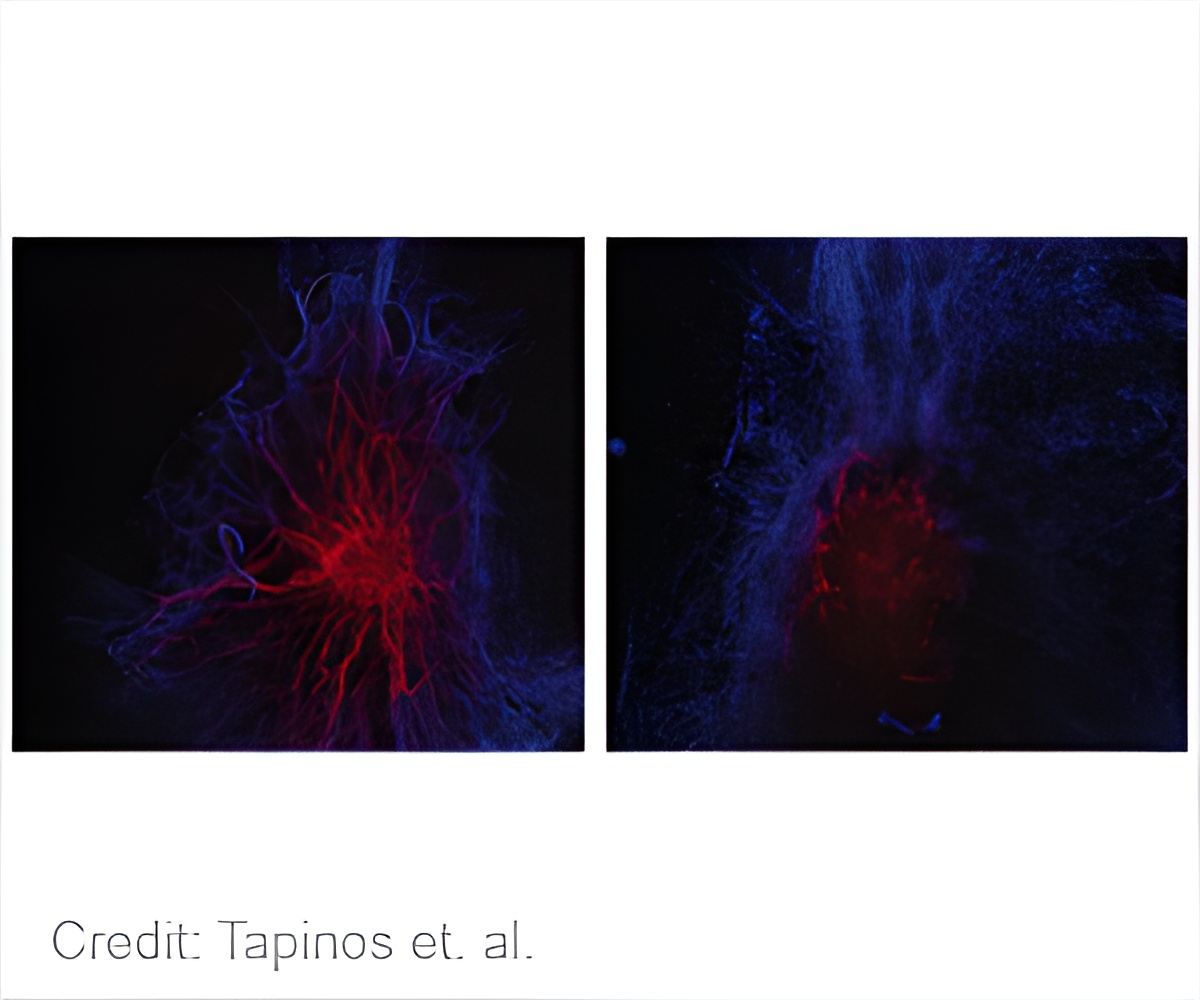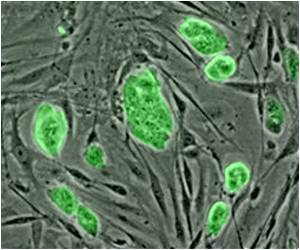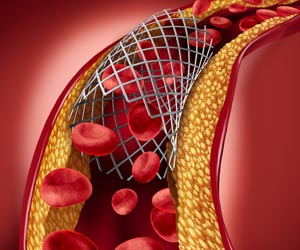A new opening to intervene in the process of healing peripheral nerve damage with the discovery that an anti-sense RNA (AS-RNA) is expressed when nerves are injured.

‘The antisense RNA that we discovered is an attractive target for therapeutic interventions since inhibition of the AS-RNA rescues the expression of Egr2, which is the main transcription factor that regulates peripheral myelination.’





Nikos Tapinos, associate professor of neurosurgery in the Warren Alpert Medical School of Brown University and senior author of the study in Cell Reports, said his team was able to control expression of the AS-RNA in the lab and therefore the transcription factor Egr2 that prompts myelin-building Schwann cells into action."Even though Schwann cells are able to re-myelinate the peripheral nerves after injury, this re-myelination is almost never complete and the functionality of the nerve is usually not restored to the levels prior to injury," said Tapinos, also the director of Molecular Neuroscience and Neuro-oncology Research at Rhode Island Hospital.
"Since the AS-RNA inhibits the expression of Egr2, which is the central transcriptional regulator of myelin genes, it is possible that inhibiting or regulating the levels of the AS-RNA will enhance the transcription of myelin related genes and hence myelination."
Making sense of anti-sense
The team including lead author Margot Martinez-Moreno, a postdoctoral researcher at Brown, had been studying the complicated sequence of molecular mechanics that follows nerve injury when they developed the hypothesis that an AS-RNA might exist to regulate myelin genes.
Advertisement
They also demonstrated the effect it has, which is to inhibit Egr2 and therefore guide Schwann cells to demyelinate the nerve. After nerve injury, the cells remove the myelin, guide new nerve growth and then remyelinate the regrown nerve.
Advertisement
In further experiments the team learned which molecules stimulate the expression of the AS-RNA and they also successfully interfered with its activity, which delayed demyelination.
Toward a therapy
The discovery offers up a new factor that can be manipulated to affect when myelin is removed and restored and by how much, Tapinos said. That gives him hope that with further research he might be able to translate the finding into a new therapy.
"The antisense RNA that we discovered is an attractive target for therapeutic interventions since inhibition of the AS-RNA rescues the expression of Egr2, which is the main transcription factor that regulates peripheral myelination," he said. "This therapy could apply to nerve injury repair and peripheral demyelinating neuropathies."
To make that happen, Tapinos' lab is now looking into new research questions. Biopsies of humans with demyelination disorders such as congenital hypomyelinating neuropathy will help the team learn how AS-RNA works and possibly becomes disrupted in people. Meanwhile, he said, the scientists want to further study ways to regulate AS-RNA expression and to do so with the right timing and amount to promote, rather than disrupt, healing.
"It is a fine balance," he said.
Source-Eurekalert









